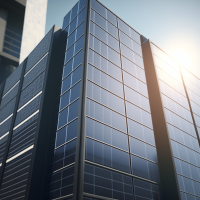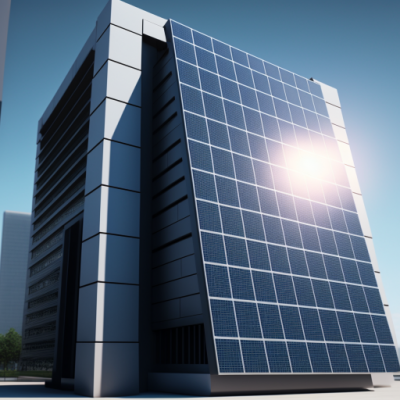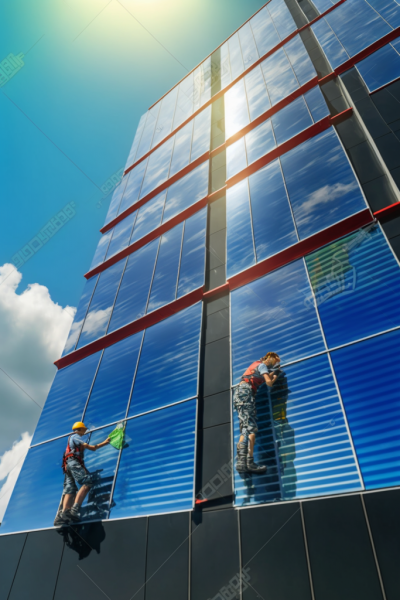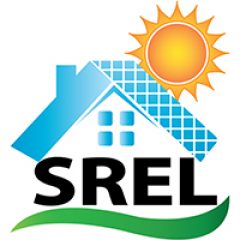BIPV / Thin-Film Solar
BIPV stands for Building Integrated Photovoltaics. It refers to the integration of solar panels or solar cells into building materials, such as roofs, walls, or windows, to produce electricity. BIPV technology allows buildings to generate their own renewable energy while serving a dual purpose of providing protection from the elements. BIPV systems can be integrated into both new and existing buildings, and they come in a variety of shapes, sizes, and colours to suit different architectural styles and design preferences. BIPV systems offer several benefits, including reducing a building’s reliance on the grid, lowering energy costs, reducing carbon emissions, and improving energy efficiency.


Benefits of Building Integrated Photovoltaics (BIPV)
- Reduces a building’s reliance on the grid and lowers energy costs
- Generates electricity in a decentralized manner, reducing the need for long-distance power transmission
- Provides a clean, renewable energy source that reduces carbon emissions and supports sustainable development
- Enhances the aesthetic appeal and architectural design of buildings with customizable solar panels that blend with the building materials
- Improves energy efficiency by reducing solar heat gain and glare while providing natural daylight
- Increases the value of the property and can lead to higher rental or resale prices
- Can be integrated into both new and existing buildings, providing a flexible and scalable solution for different energy needs and design preferences
- Reduces the carbon footprint of the building and contributes to achieving carbon neutrality and net-zero energy goals.
Components of a BIPV System
The main components of a complete Building Integrated Photovoltaic (BIPV) system:
-
- Solar panels or solar cells that are integrated into building materials such as roofs, walls, or windows, to produce electricity
- Inverters that convert the DC electricity generated by the solar panels into AC electricity that can be used by the building or fed into the grid
- Mounting systems that secure the solar panels to the building and protect them from weather and other external factors
- Monitoring systems that track the performance of the BIPV system, including energy production, system efficiency, and maintenance needs
- Optional Energy Storage Systems (ESS), such as batteries or capacitors, that store excess electricity generated by the BIPV system for use during periods of low sunlight or high energy demand
- Electrical wiring and distribution systems that connect the BIPV system to the building’s electrical infrastructure and the grid, as needed
- Control systems that manage the flow of electricity between the BIPV system, the building, and the grid, ensuring safety and optimal performance including Net Metering
- Building design and construction that integrate the BIPV system into the overall architecture and functionality of the building, including considerations for energy efficiency, aesthetics, and environmental impact.
Overall, a complete BIPV system requires careful planning, design, and installation to ensure that all components work together effectively and efficiently to meet the building’s energy needs and contribute to a sustainable and resilient built environment.

